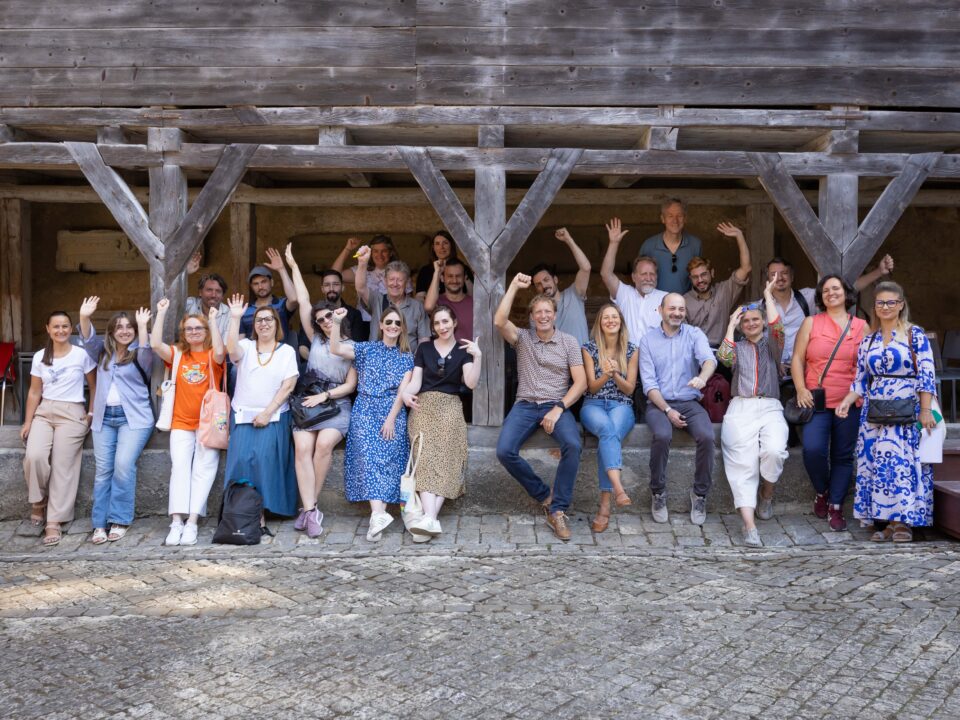
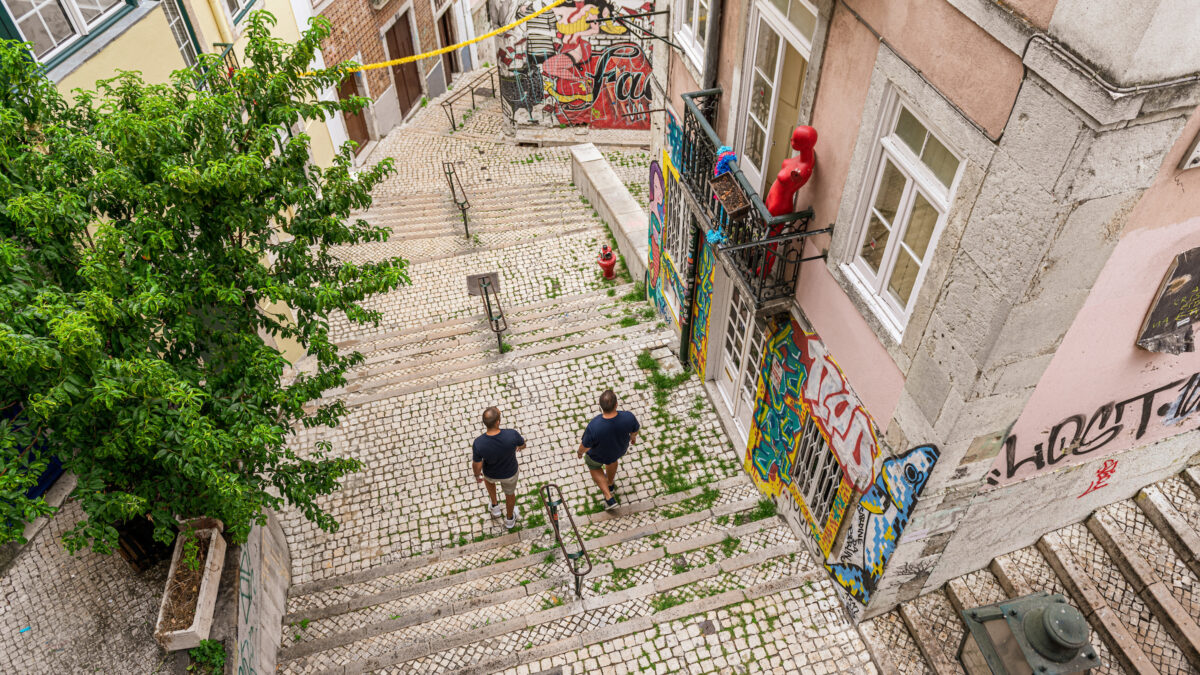
Mouraria, Credits: Camara Lisboa
HUB-IN pilot cities have just finalised their roadmaps towards the regeneration of their historic urban areas!
The roadmap have been published in our library and are the result of a more than a year long process that saw the participation of the HUB-IN partners, but also many local actors and citizens that work and live in the areas concerned.
Each pilot city came up with a new vision for their area and a set of values to inspire their work. The roadmaps define a number of missions to achieve that vision, using local tangible and intangible heritage as a lever.
The process was not short of challenges. Each city team had to involve other municipal departments with different priorities, and they put a lot of effort to ensure a meaningful participation of the actors present in the historic areas. During 2022, we run participatory workshops, interviews, ethnographic studies, and citizens surveys to make sure the final roadmap was something everyone could understand, support and work for. In addition, each city had their own individual obstacles to overcome: from the differences between the 2 neighbouroods included in Lisbon’s pilot area Colina do Castelo, to the change of priorities that led Utrecht’s roadmap implementation to a momentary halt. In Angouleme, the identification of the historic urban area to focus on took longer than expected, that is why their roadmap will be published at a later stage.
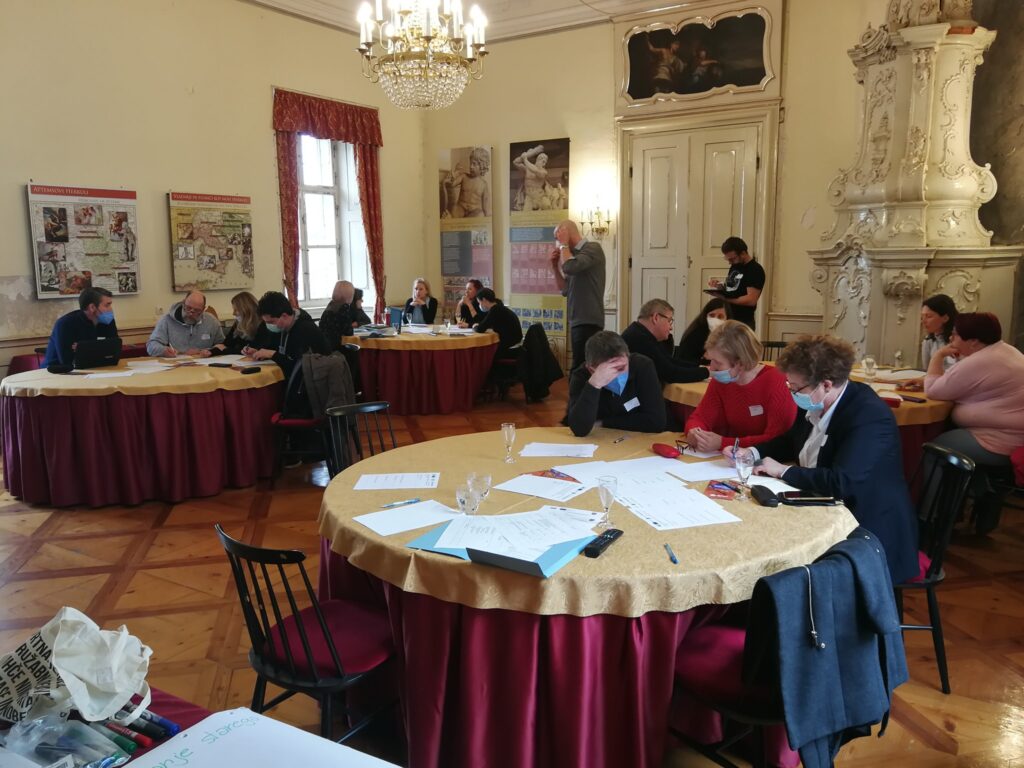
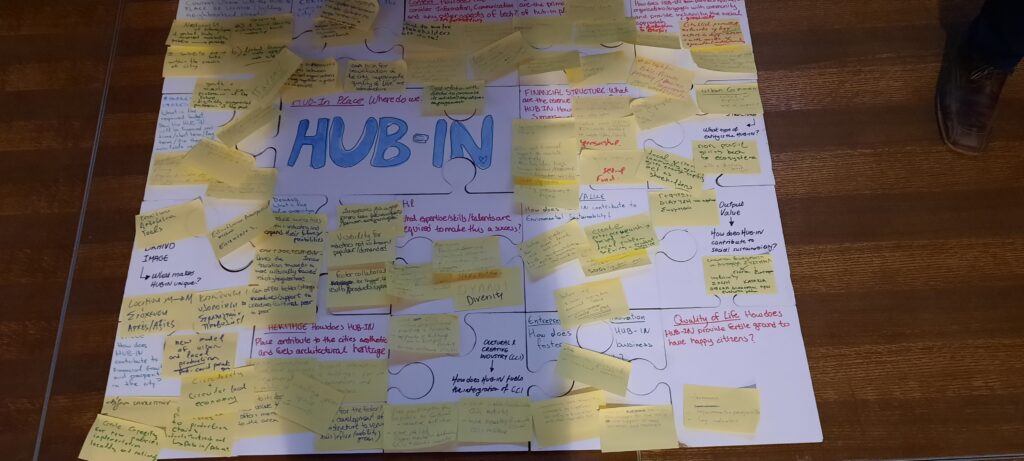
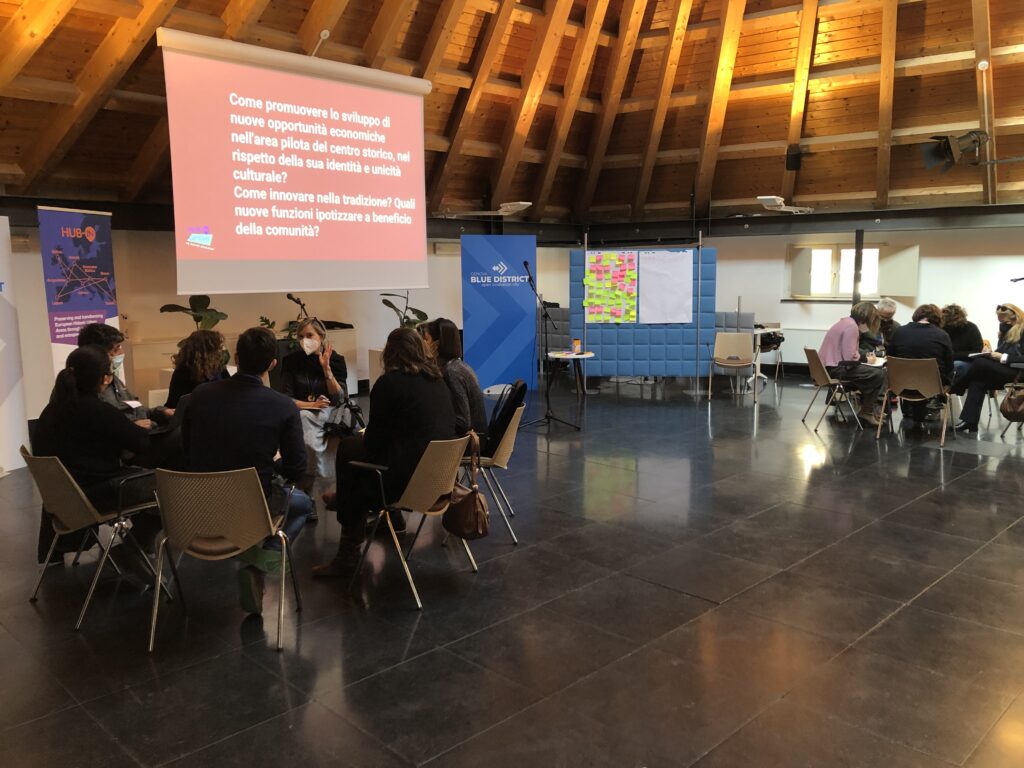
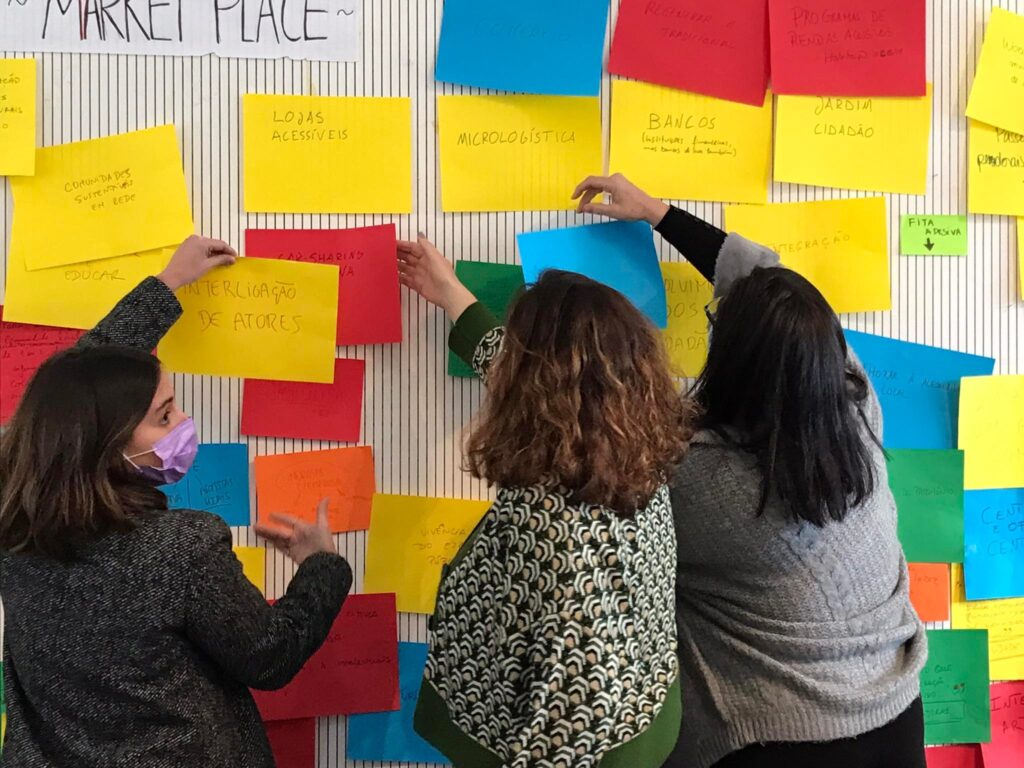
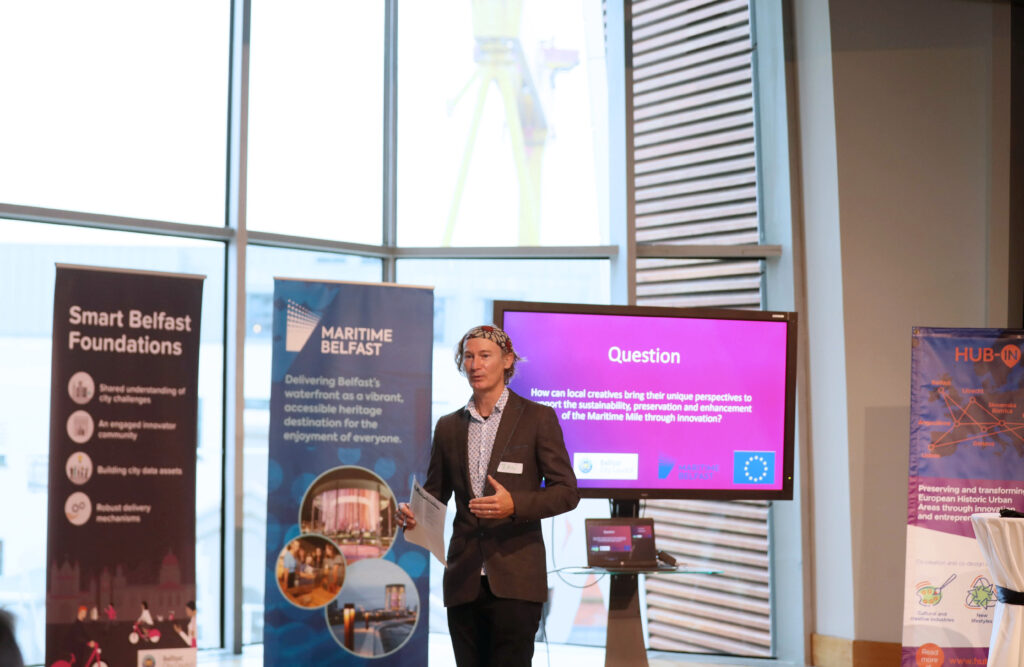
We hope the roadmaps will not only inspire but lead to concrete actions in the following months, to transform HUB-IN pilot areas into hubs of innovation & entrepreneurship! For this purpose, HUB-IN pilot cities are now working on their action plans to be ready by the end of the year.
